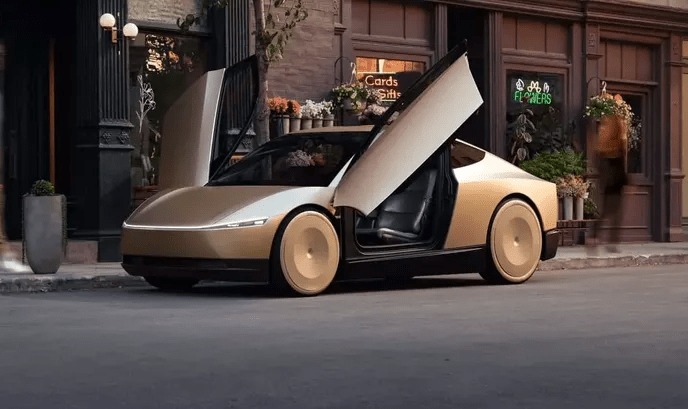Tesla has begun testing robo-taxis in Texas (video)

Tesla has officially begun testing its robotaxi service in Austin, Texas. For the first time for the company, autonomous cars without drivers began to transport passengers on a paid basis. Tesla CEO Elon Musk announced on the X social network about “the launch of the robotaxi”, calling it the “completion of ten years of hard work”.
About ten Tesla electric cars are involved in the testing. Each car carries passengers in the front seat under the supervision of a special “safety monitor” – a person who monitors the progress of the trip. At the initial stage, the service works only by invitation, and the date of the full launch is currently not disclosed.
Experts note that even despite the technological breakthrough, Tesla faces significant challenges. According to Carnegie Mellon professor Philip Koopman, the development of the autonomous taxi market in the US could take years or even decades. He emphasizes that the current launch is only “the end of the beginning.”
Before the start of testing in Texas, a new law was passed to regulate autonomous vehicles. The law, signed by Republican Governor Greg Abbott, will take effect on September 1. It requires companies to obtain special permits for the operation of self-driving cars, provides for the possibility of their recall in case of security threats, and also obliges rescue services to provide instructions on actions in emergency situations.
The law also requires the vehicle to have at least the fourth level of autonomy — that is, to be able to move without a driver under certain conditions. Tesla says it strives for maximum safety: the vehicle will run only in restricted areas, avoid difficult intersections, will not transport minors and will not operate during inclement weather.
Tesla stands out from competitors like Waymo or Cruise with its approach — the company relies solely on cameras, without using more expensive technologies like LiDAR or Radar. Musk believes that this allows to reduce the cost without compromising safety, but many experts question this concept, preferring a combination of several types of sensors for more reliable control.





